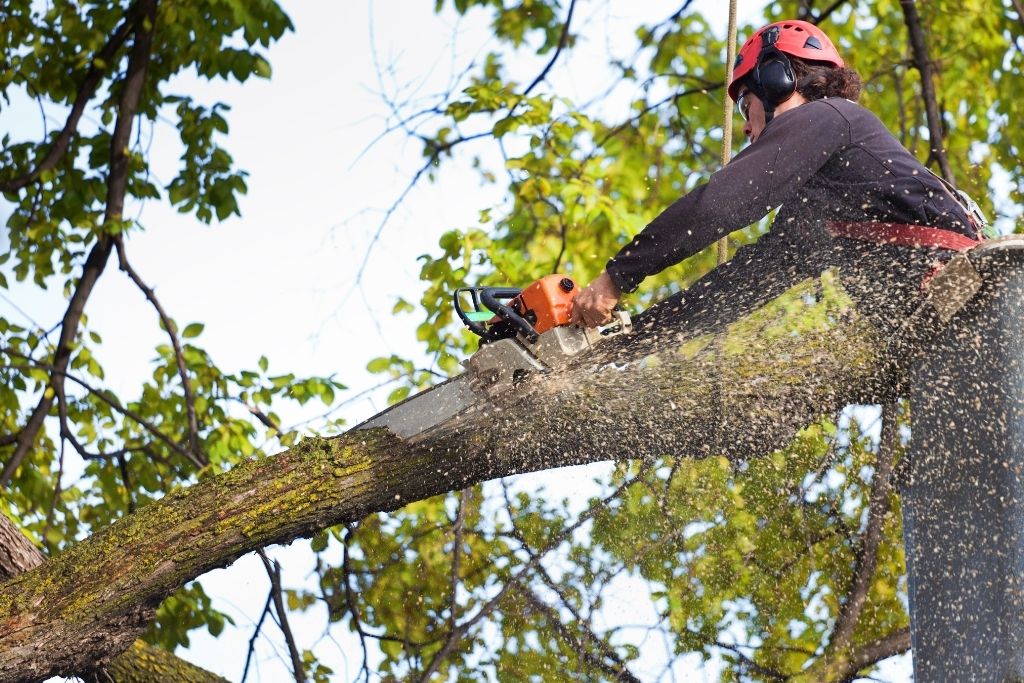Blog, Home Tree Care
Rake The Leaves, But Get Trees Ready For Winter
Fall is here and the raking, leaf blowing, bagging and mulching has begun. Fall is a busy time for homeowners with large trees or large numbers of trees as they scramble to clear leaves before the first snowfall. And that’s not far away, as the first official day of winter – December 21 – is just around the corner.

It’s easy to get caught up in the fall ritual that is raking and clearing leaves, but caring for your trees and lawn doesn’t end there. Winters in the Midwest are notoriously unpredictable, ranging from mild with dustings of snow to long, extremely cold months with snowstorm after snowstorm, with the occasional ice storm thrown in for good measure.
It’s important to prepare for the worst, especially when it comes to preparing trees for severe winter weather. Here are three important steps you should take to give your trees the help they need to get through what could be a long, challenging winter.
Mulch Matters
Along with cleaning flower beds, and planting flowers and shrubs, putting mulch down around trees, and landscaping is something of a celebration in the Midwest. What many homeowners don’t know is that putting a layer of mulch around trees can preserve the moisture in the soil around trees, reduce the chances of tissues freezing during the winter and give your trees an edge when the cold weather hits.
Hansen’s certified arborists recommend using organic mulch such as bark chips, ground or shredded wood rather than inorganic varieties of mulch. Organic mulches decompose and provide nutrients to the soil, which enriches the soil and helps your trees not just in the winter, but throughout the year.
Pruning Can Save Trees From Damage
Heavy snowfalls and ice storms can put hundreds of pounds of weight on the branches of your trees. Pruning weak or dead limbs from your trees means those limbs are removed in a way that will protect your trees, rather than having a large limb snap under the weight of snow and/or ice, which can lead to serious damage to a tree. A large falling limb can also damage your roof, gutters, siding, motor vehicles and can be extremely dangerous to you and your family.
In addition, trees are dormant in the fall and winter, and pruning now when trees are dormant greatly encourages spring growth. You may want to prune your own trees, or contact us and have our certified arborists prune them for you.
Help Your Trees Brace For Winter Weather
Not every somewhat weak limb needs to be pruned. Many limbs – for example, those long, nearly horizontal spreading limbs growing on shade trees such as elms – may just need additional support.
Dynamic cabling and limb support can give those at-risk limbs the support they need to get through winter – and through heavy winds and other threats – protecting you, your property and your trees. Adding effective cabling and limb support correctly to a tree requires experience and expertise, so we encourage you to contact us and enlist the services of our certified arborists.
